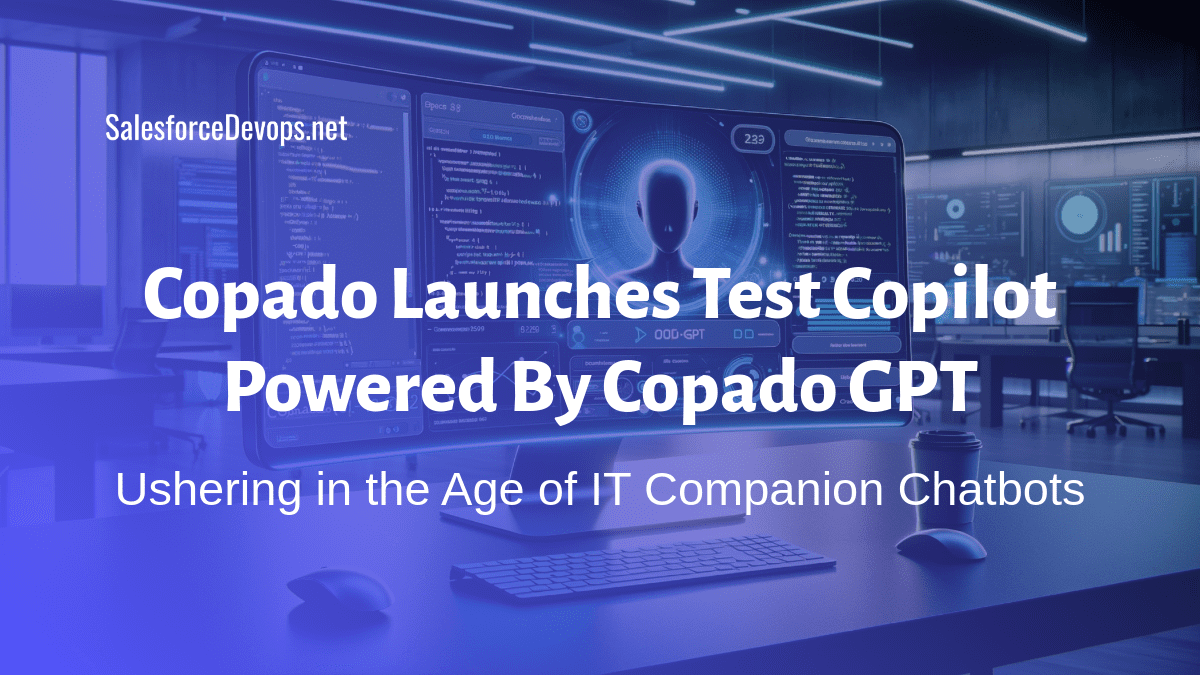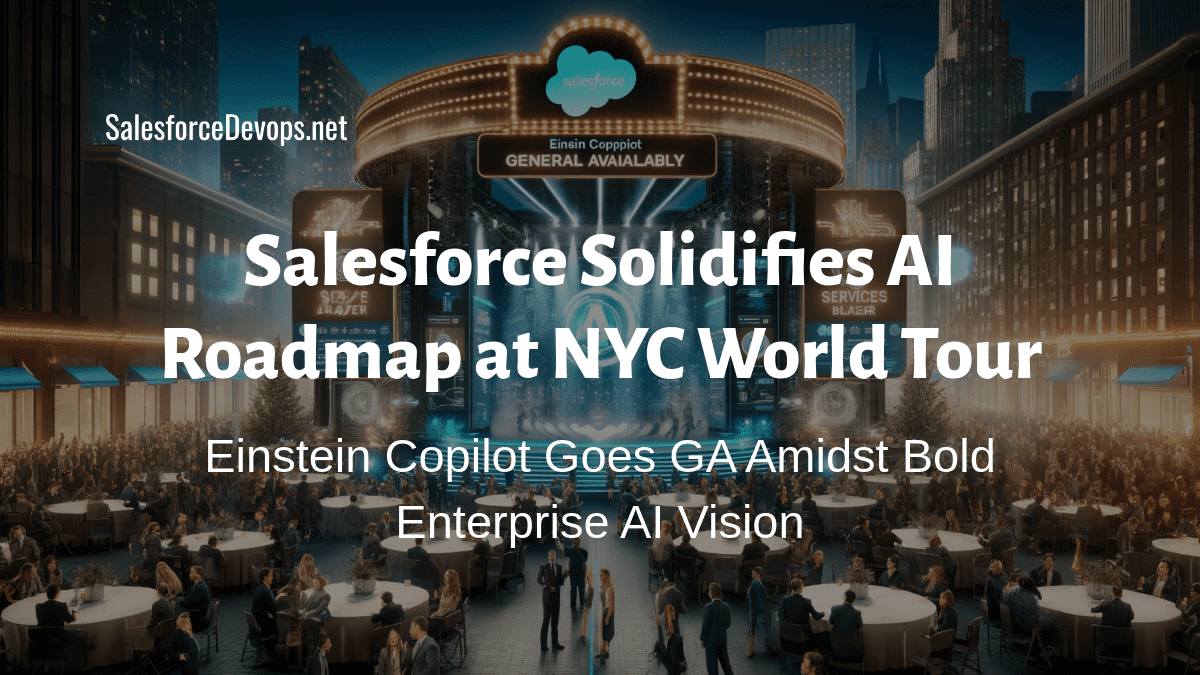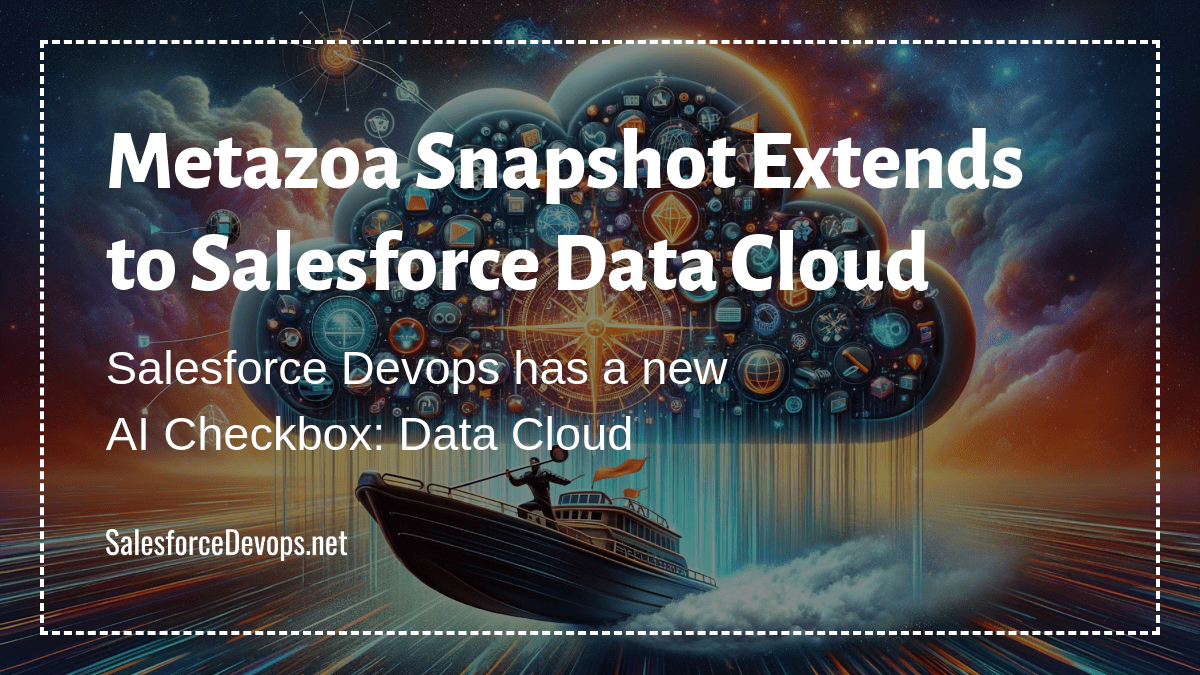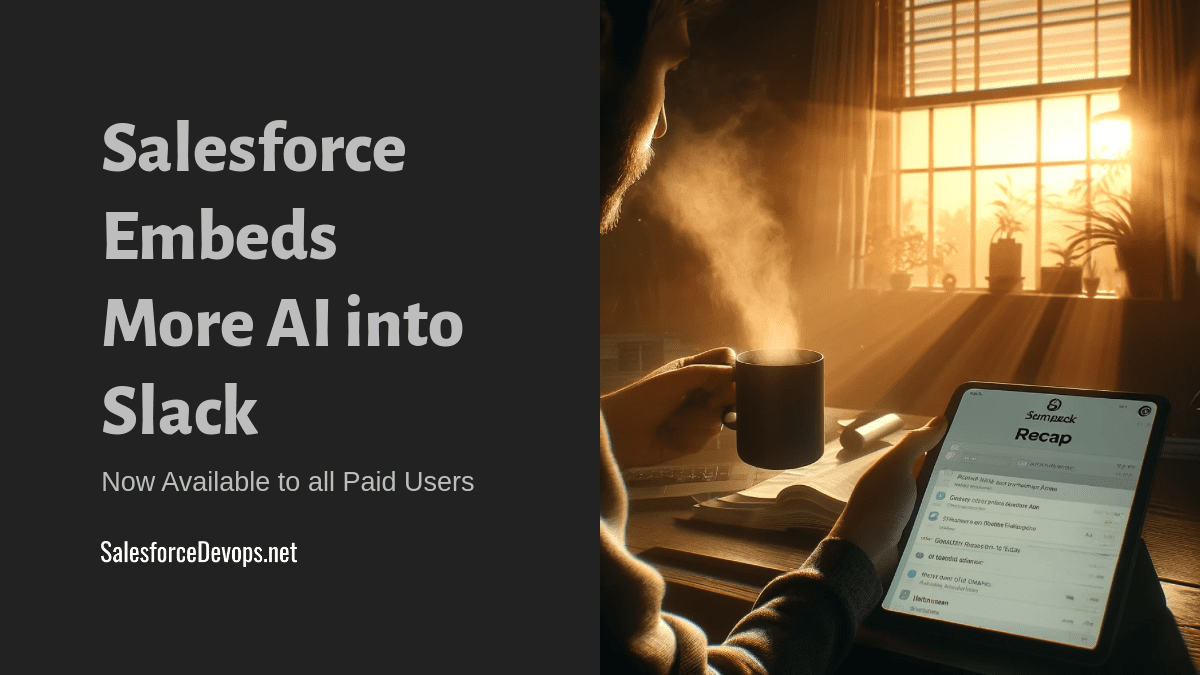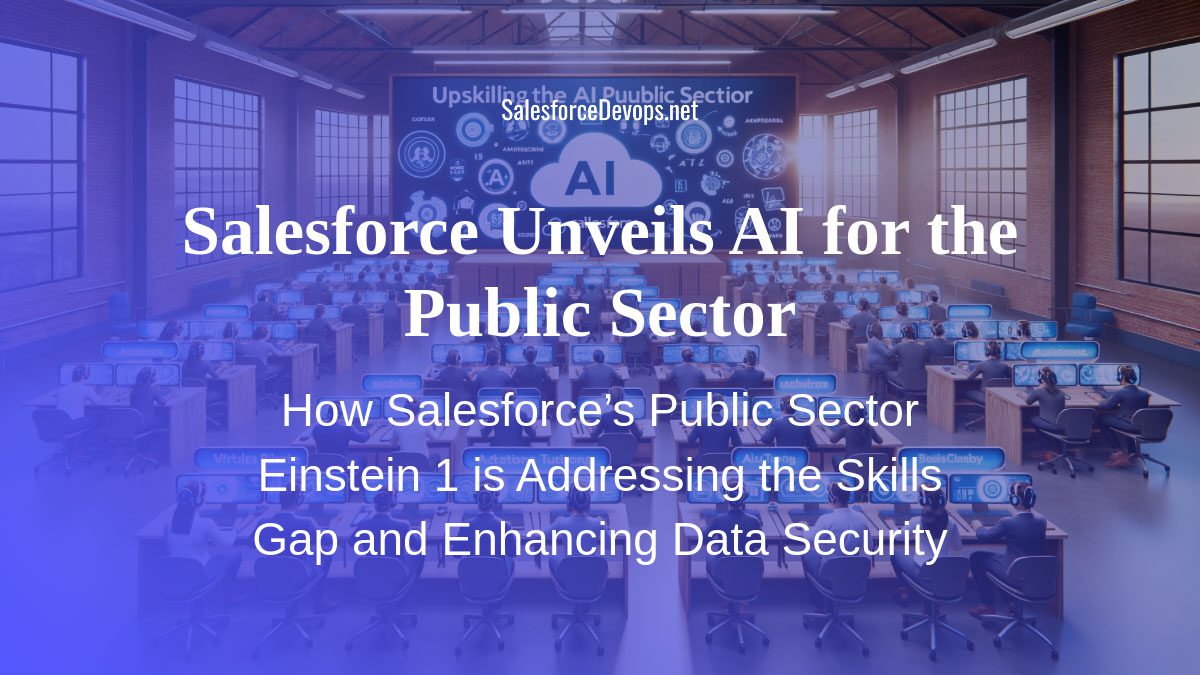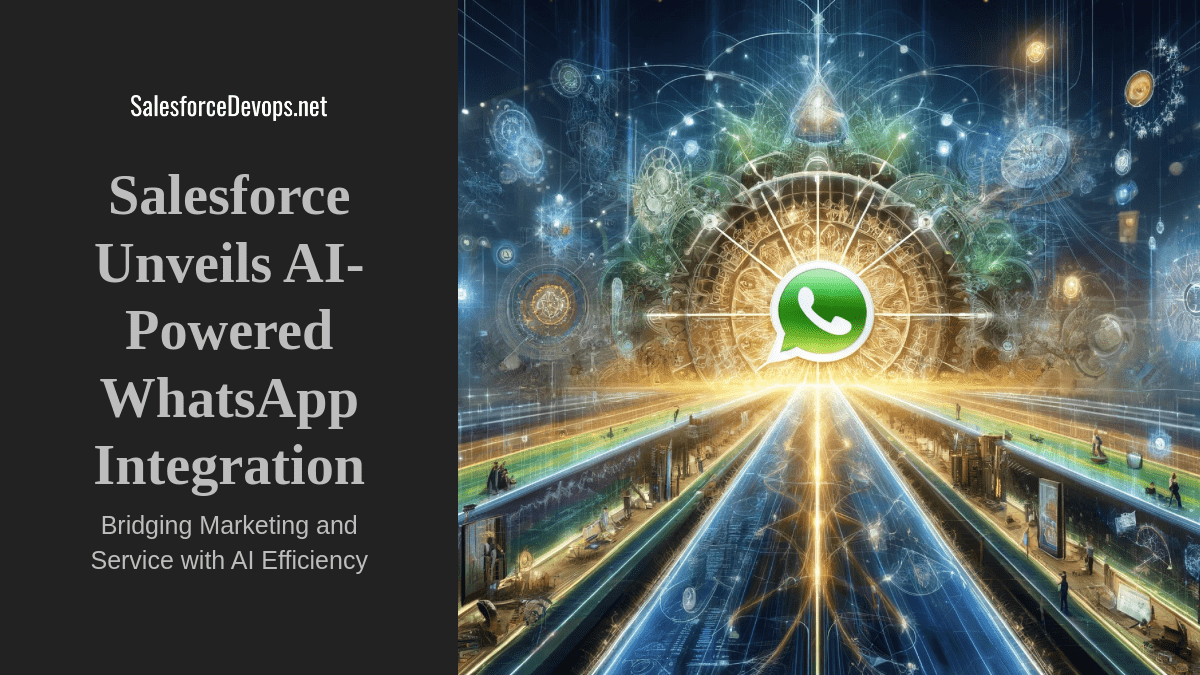Salesforce Bets Big on Prompt Engineering for Enterprise AI
Salesforce presented a new AI Day yesterday. It was a refined and refocused presentation of much of the same information offered by the company about its AI strategy since it first debuted in March. However, there was clearly a new focus on the importance of parameterized prompts being deployed in production. The upcoming Prompt Studio took center stage and was literally placed at the center of the new Salesforce GPT universe.
The videos from yesterday spotlighted Salesforce’s focus on prompts as the key to safely leveraging large language models like GPT-4. I was intrigued to see carefully crafted prompts taking center stage in new workflows. This aligns closely with the concepts of the Prompt Engineering Platform (PEP) and the Software Development Life Cycle (SDLC) for prompts I have written about recently.
Table of contents
The Central Role of Prompts
In the AI Day presentation, Salesforce execs emphasized prompts as the crux of their AI strategy. They demonstrate how prompts are used by Salesforce to keep customer data isolated from large language models while still utilizing them to generate content.
While it wasn’t mentioned specifically, Salesforce appears to be treating a prompt the same way it would any other element in a Salesforce org – as data. In this case, they are parameterized objects which get expanded at runtime. Salesforce appears to be treating prompts like code with their focus on prompts as the conduit for data flows to generative AI.
Validating the PEP Model
A key concept behind the concept of the prompt engineering platform is the idea that a refined prompt is stored in a central repository. After safety and compliance checks, you then deploy the prompt into an operational role so it may be invoked with just a mouse click.
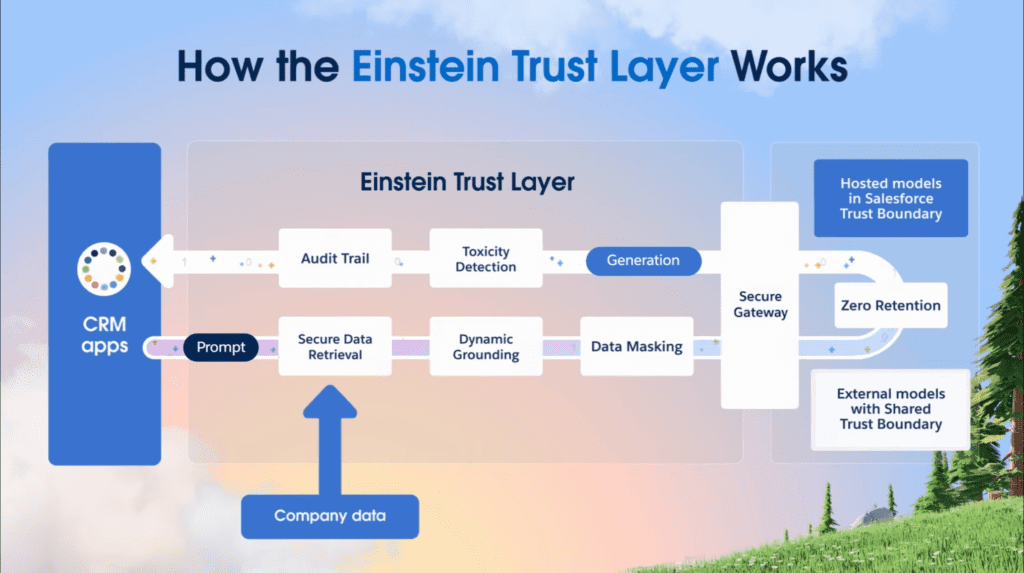
Salesforce appears to be on board with that idea. In yesterday’s video Salesforce showed prompts powering AI-generated emails, call summaries, and productivity tools across various workflows including sales and service. These prompts were authored in Prompt Studio and deployed in Sales Cloud, for example. This reflects the automation potential of PEPs and why this is an important insight into the Salesforce AI strategy.
By focusing initial AI capabilities into PEPs that enhance employee productivity, Salesforce is wisely avoiding the overhyped chatbot that knows your data, or executive thinking partner model for now. Its measured approach follows the recommended path of starting with proven PEP applications which should increase the likelihood of Salesforce customer success.
Architecting Prompt Governance
Critically, Salesforce emphasizes designing prompts to meet governance needs, another key PEP principle. It features data masking, toxicity detection, and zero retention of training data – all aligning with enterprise user requirements.
Salesforce also showed off the features of Prompt Studio. Salesforce demonstrated how prompts are managed through a centralized catalog, allowing admin control over model selection per use case. This kind of oversight enables a safe, controlled prompt engineering environment.
Prompts Rule
Salesforce’s generative AI roadmap closely mirrors the recent concepts I wrote about, PEP and SDLC for Prompts. The company should be praised for putting prompt engineering front and center. Deploying parameterized prompts directly into enterprise user interfaces offers endless possibilities for creative system integrators. And Salesforce’s PEP strategy offers a pathway to success that won’t take years to develop.
This lends credence to prompt engineering philosophy as a viable model for driving enterprise AI success. It will be interesting to see whether an SDLC for prompts methodology emerges within Salesforce through future releases. Let’s hope they add some basic PEP features like versioning and an approval workflow.
It’s encouraging to see how Salesforce has emerged with the most cohesive enterprise AI story versus its traditional competitors. By focusing on their existing products and how they already keep users’ data safe, Salesforce continues to have one of the best stories for the future of enterprise AI.

